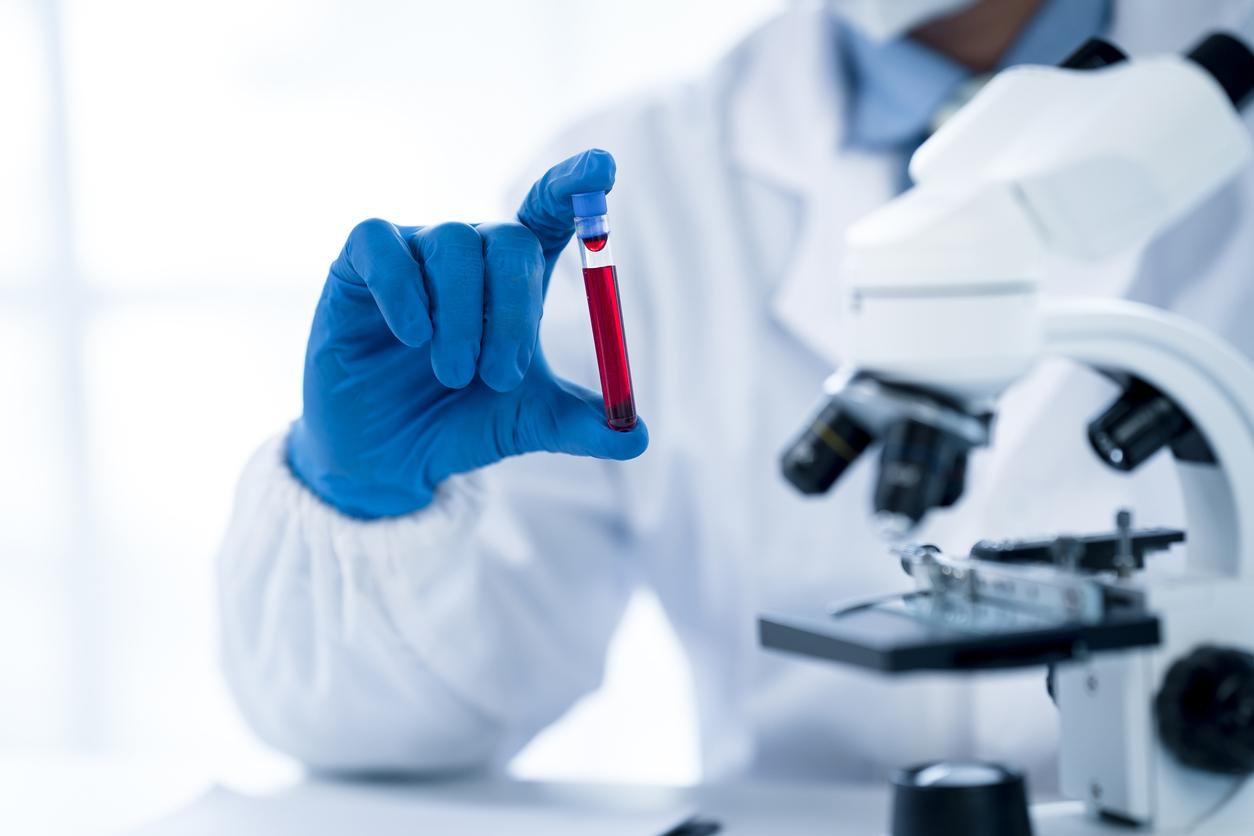The High Authority for Health is updating its recommendations to improve the diagnosis and support of children suffering from attention deficit disorder with or without hyperactivity, in particular by better training doctors.

- “Although acting as early as possible can limit the consequences of ADHD, its diagnosis is nevertheless complex,” states the HAS in a press release.
- While currently only pediatricians, psychiatrists and child neurologists can make a diagnosis and are authorized to prescribe drug treatment, the HAS is now calling on the public authorities to extend these skills to other doctors, particularly general practitioners, who would receive “structured and qualifying training” for this purpose.
- The HAS was asked to issue these new recommendations by, among others, the patient association HyperSupers-TDAH France.
“Attention deficit hyperactivity disorder (ADHD) is a neurodevelopmental disorder that affects 5% of children and adolescents worldwide. Diagnosing and supporting these children as early as possible is essential to avoid worsening the psychological, social and academic consequences of the disorder.”
The High Authority for Health (HAS) has just unveiled, this Monday, September 23, new recommendations for health professionals, public authorities and relatives to improve the screening and care of the youngest people with ADHD. The public authority was contacted in this sense by, among others, the patients’ association HyperSupers-ADHD France.
Diagnosing ADHD in children early
The diagnosis of ADHD is made in the presence of symptoms of inattention, accompanied or not by hyperactivity and impulsivity, which vary from person to person, last over time and have harmful consequences in all spheres: school, family, social environment, etc. “Although acting early can limit the consequences of ADHD, its diagnosis is nevertheless complex”states the HAS in a press release.
Here’s how it works. The doctor first talks with the child and his parents to assess the child’s development in all its dimensions (neurological, psychomotor, emotional, etc.), then with the child alone, for a specific discussion focused on his perception and how he overcomes difficulties. The diagnosis also includes a clinical examination and a survey of the child’s entourage (family, school, extracurricular, etc.).
Next comes the support of the child. Non-drug interventions are first recommended as a first line of treatment, namely psychoeducation sessions designed to inform the child about his ADHD in order to help him and his parents, “to understand the disorder and manage its impact or educational support, with advice for implementing specific arrangements”. If necessary and depending on the severity of the disorder, drug treatment may also be prescribed in addition.

Training general practitioners in the diagnosis of ADHD
To support caregivers in their practice, the HAS publishes a summary of their recommendations, including decision trees on the choice of interventions and their relevance, as well as two practical sheets: one provides a framework for conducting the diagnostic interview and the other details the monitoring of drug treatment. The public authority also lists existing assessment tools (questionnaires, interview assistance, etc.).
While currently only pediatricians, psychiatrists and child neurologists can make a diagnosis and are authorized to prescribe drug treatment, the HAS is now calling on the public authorities to extend these skills to other doctors, particularly general practitioners, who would receive patients for this purpose. “structured and certified training”. Similarly, the use of telemedicine could, according to her, be developed to facilitate patient monitoring after a face-to-face consultation. Other recommendations, this time dedicated to adults, will be published at the end of 2025, the health organization specifies.

















